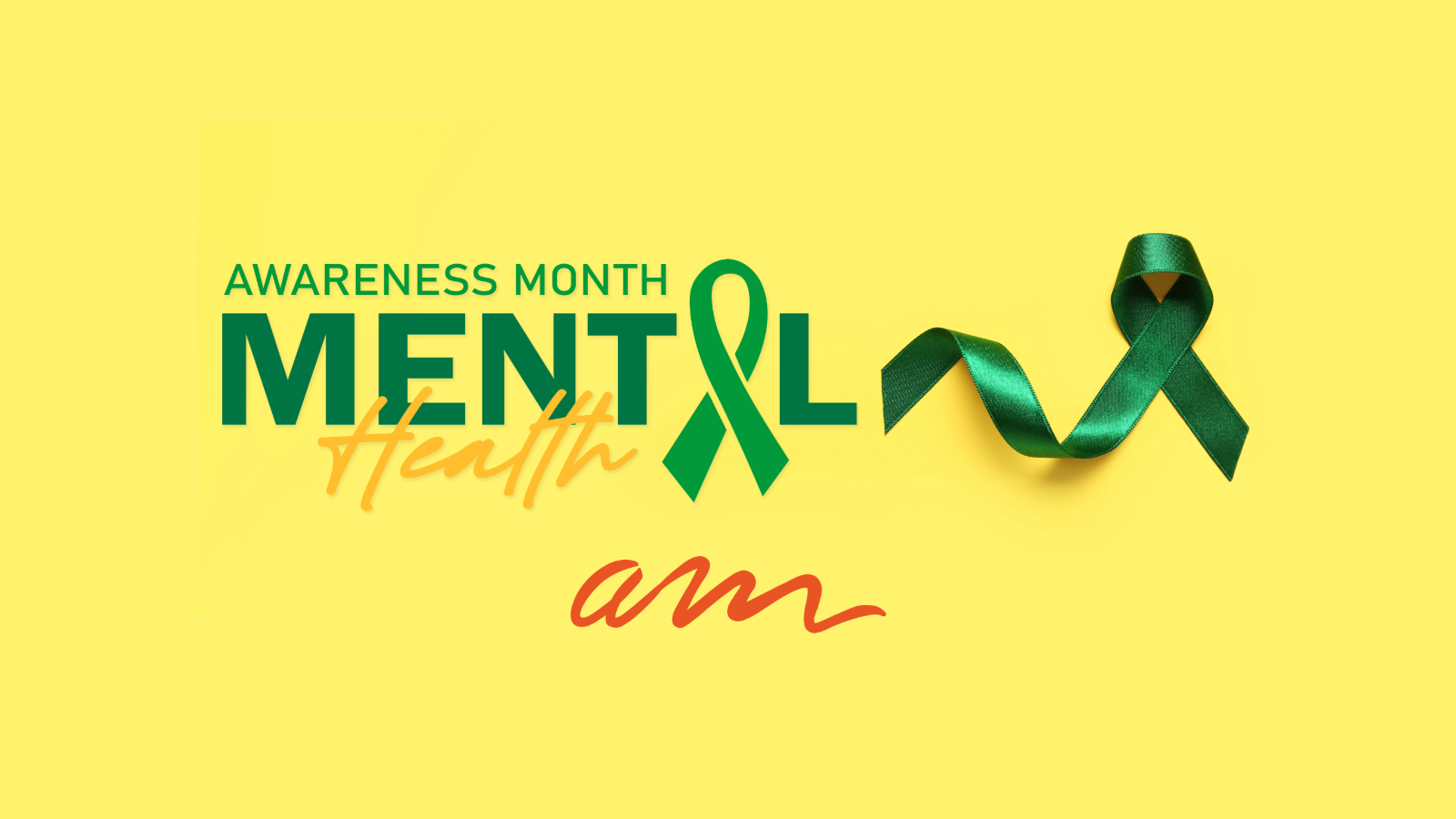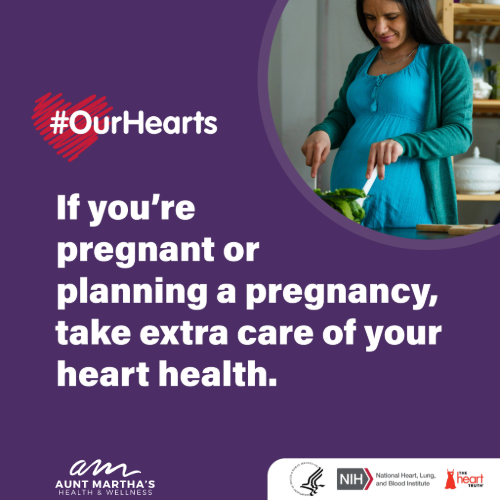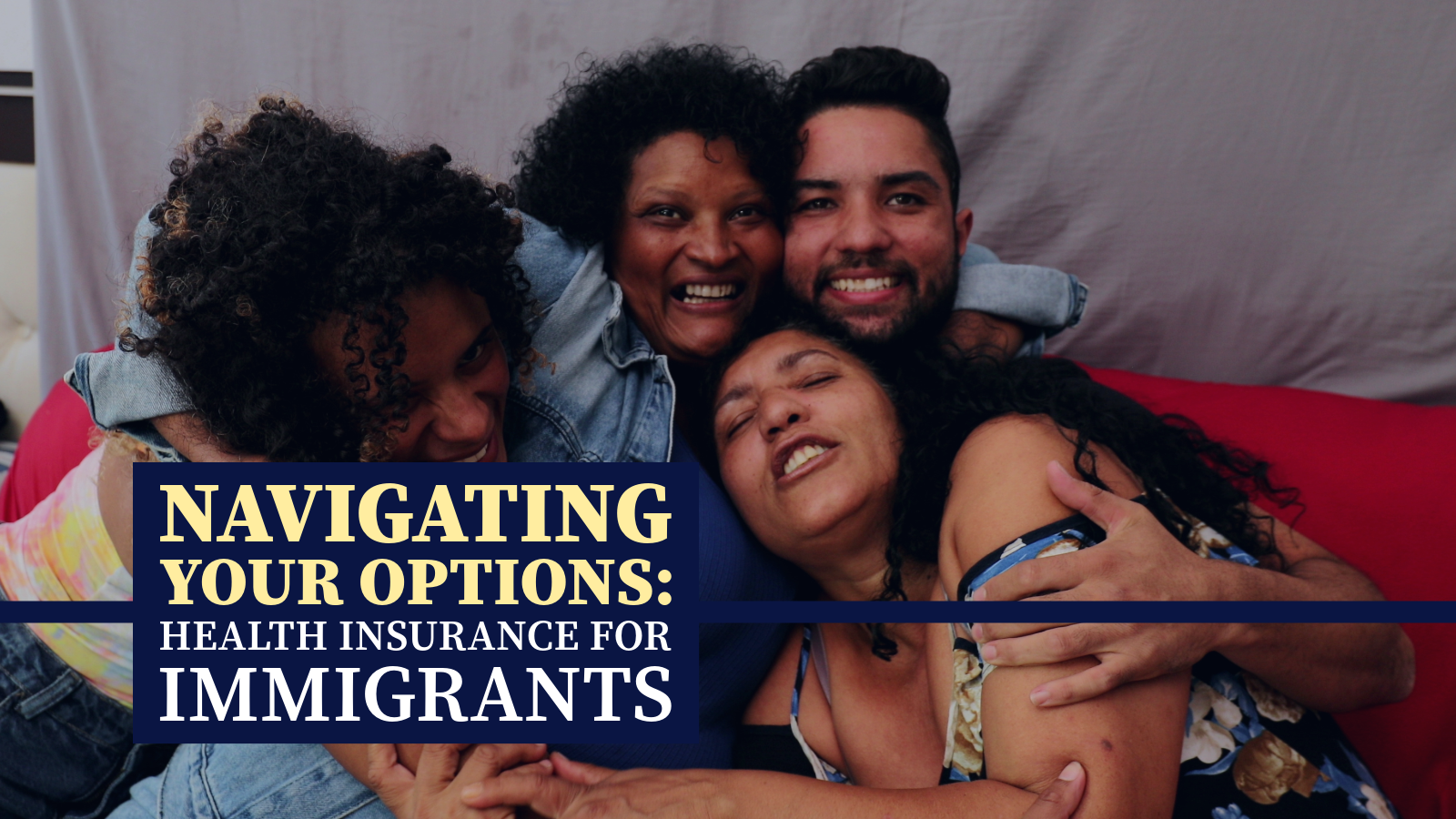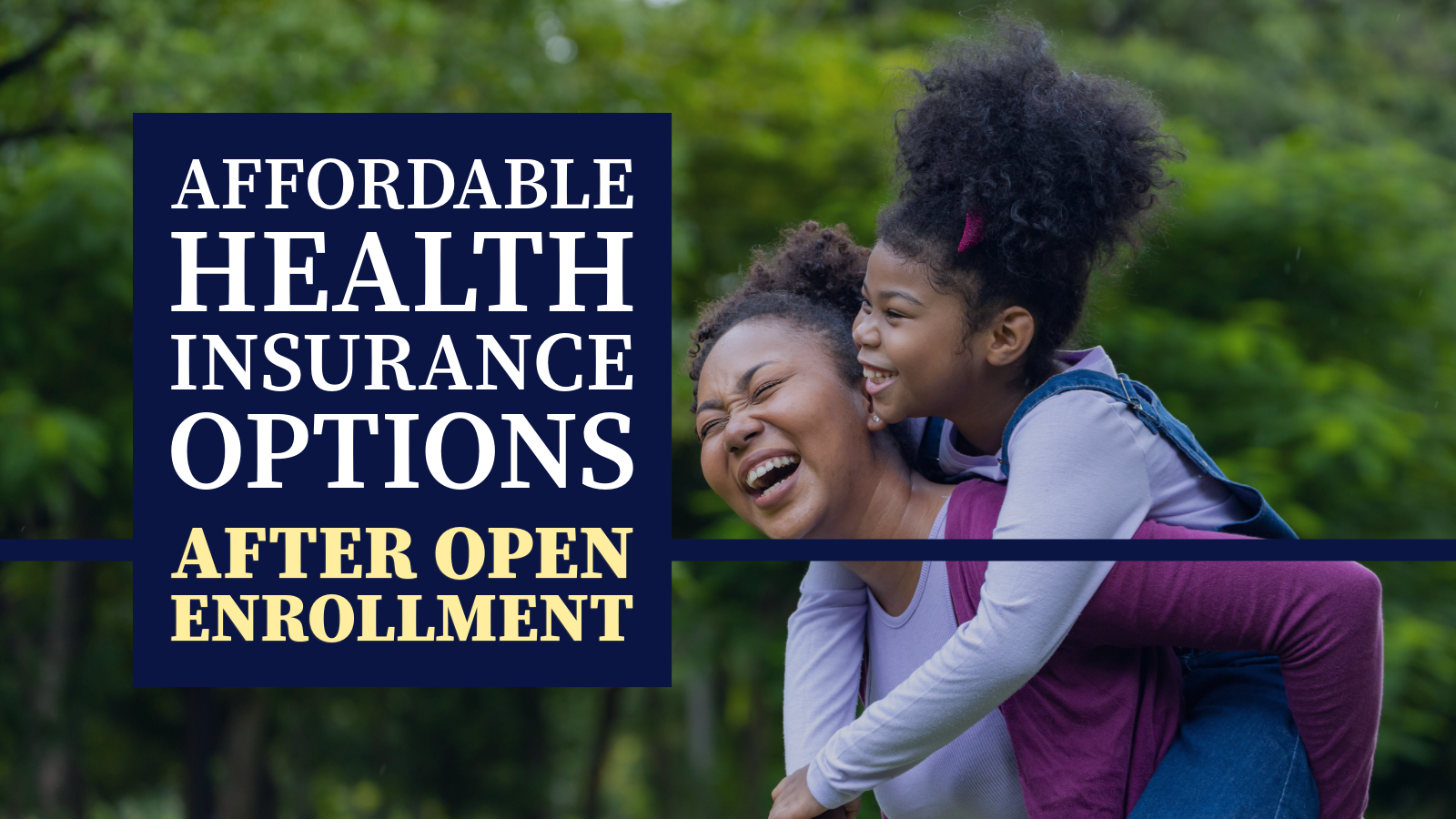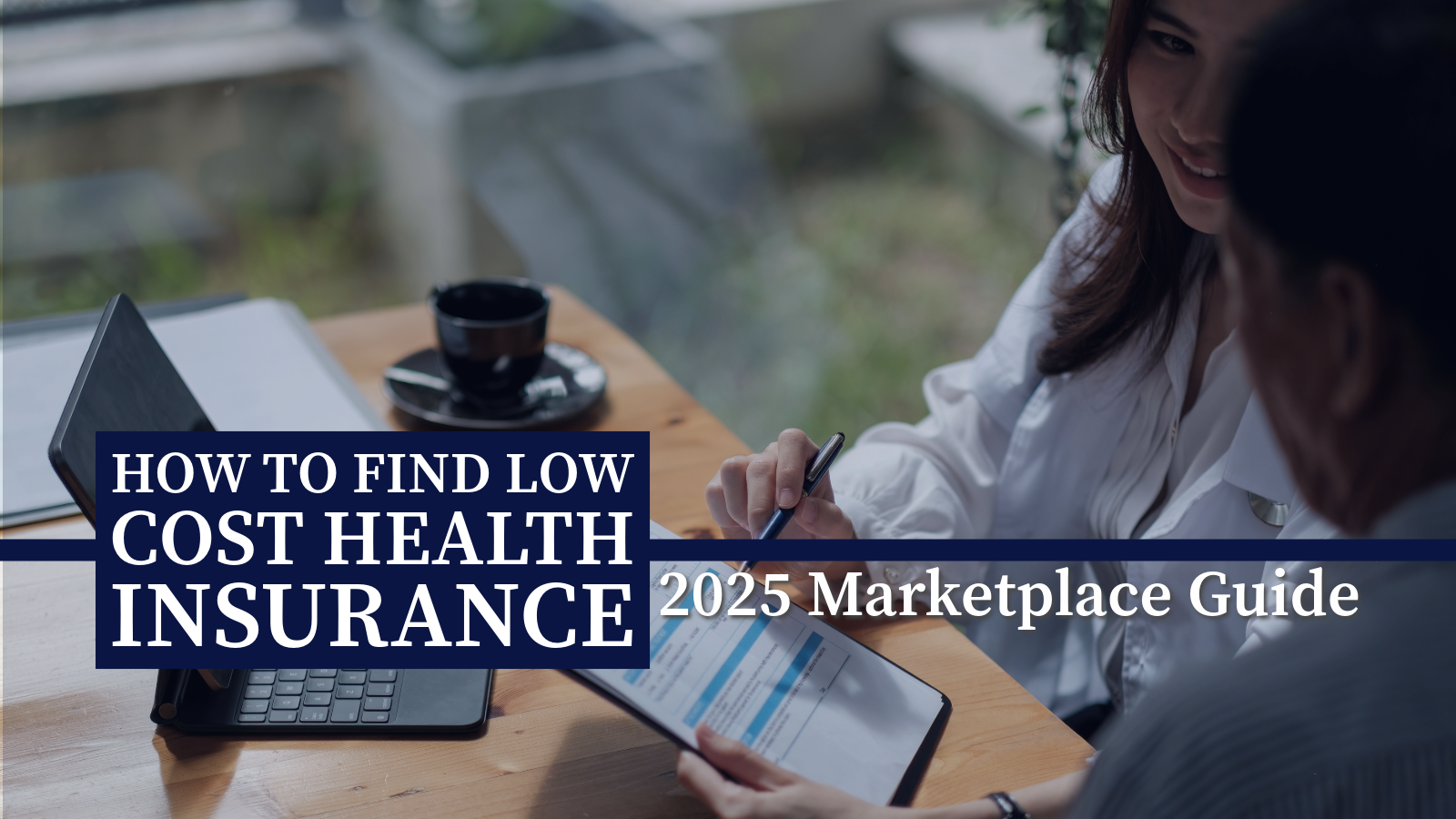“Have you ever felt like asking for help would only make things worse?”
You’re not the only one. But you don’t have to stay stuck there.
At Aunt Martha’s, we believe that finding mental health care near you should be as easy—and as normal—as getting a checkup. Whether you’re dealing with stress, anxiety, depression, or just feeling overwhelmed, you deserve care that meets you where you are. That’s what we’re here for.
Why Mental Health Still Feels So Hard to Talk About
Despite growing awareness, millions of people still delay care because of stigma, fear, or not knowing where to turn. Young people, parents, caregivers – many are suffering in silence.
And the problem isn’t just emotional. Untreated mental health conditions can affect physical health, relationships, job stability, and even long-term outcomes. That’s why mental wellness is a core part of whole-person care – not an afterthought.
Learn more from trusted sources like samhsa.gov/mental-health.
Support Shouldn’t Be Hard to Find
If you’ve ever searched online for mental health care near me, you’ve probably been overwhelmed by directories and dead ends. Aunt Martha’s simplifies access to care by offering behavioral health and primary care under one roof – because real life rarely separates the two.
Whether someone comes in for a physical, a school checkup, or chronic pain, we’re often the first to recognize when something deeper is going on. That’s the benefit of having care teams who work together, who know the patient, and who see the full picture.
And it’s not new to us – we’ve been practicing this kind of integrated care for more than 20 years. We offer:
- Behavioral health support for children, teens, and adults
- Therapy options in-person and via telehealth
- Services for people with trauma histories, chronic stress, or major life changes
- Seamless care planning between providers

Behavioral Health
Jump to: Behavioral Health at Aunt Martha’s What is Behavioral […]
Crisis Services
CCBYS: 24/7 crisis response services for youth ages 11-17 Are […]Who Do We Help? Anyone Who Needs It.
You don’t need a diagnosis to get support. You just need to know that you matter.
People come to us for:
- Stress-related to parenting, caregiving, or school
- Anxiety, burnout, or panic attacks
- Depression, grief, or unresolved trauma
- Help managing emotions, conflict, or unhealthy habits
Mental health challenges don’t make you weak – they make you human. And at Aunt Martha’s, we meet people with care that’s rooted in dignity and possibility.
🧠 Need help now? Call (877) 692-8686 to make an appointment. You don’t need a referral. You just need to start.
What to Expect When You Reach Out
Reaching out for mental health care can feel like a big step – but it doesn’t have to be scary. When you call or visit Aunt Martha’s, here’s what happens next:
- You’ll talk with someone trained to listen and guide you
- We’ll ask about your needs – not your insurance card
- You’ll never be judged for what you’re going through
- We’ll work with you to make a care plan that feels manageable and respectful
And no – getting help doesn’t always mean medication. For many, talking is where healing begins.

Community Support
We help people and families overcome challenges and take exceptional care of one another

Locations
Find Aunt Martha’s locations on the map, or keep scrolling […]If You’re Tired of Searching for “Mental Health Care Near Me”…
You’re not alone – and you’re not out of options. At Aunt Martha’s, we’re building systems that put care within reach. Because we believe your mental health matters, no matter your age, background, or story.
Call (877) 692-8686 or visit your Patient Portal to schedule an appointment.
